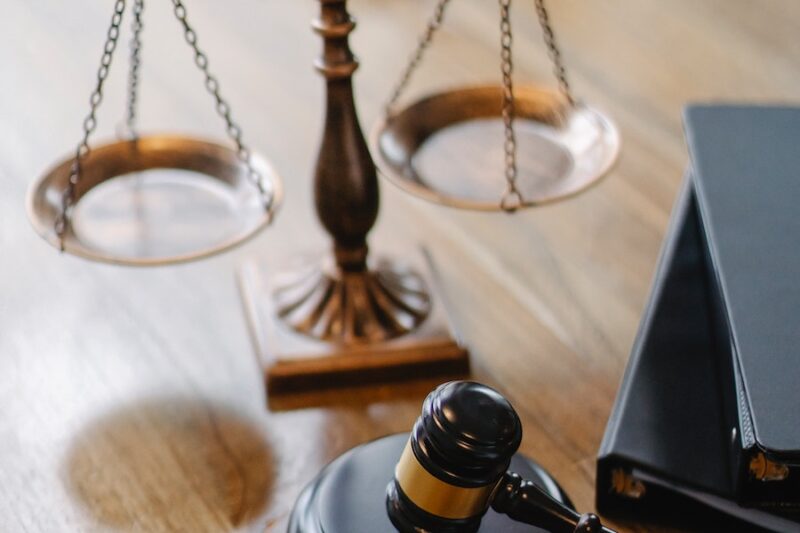Ever thought of a world devoid of law and order, an environment of sheer chaos and anarchy? That’s a horrifying thought, indeed. This is where the vital role of the criminal justice system comes to light – a pillar upholding societal peace, a framework ensuring fairness and justice.
This intricate network of legal elements safeguards our society, guaranteeing our peace of mind.
Curious about its operation? This post aims to extensively explore the fascinating criminal justice system, offering a glimpse into the cogwheels that keep the justice machine running.
Ready to embark on this expedition through the realms of law and order?
A Look At The Criminal Justice System
Consider the criminal justice system as a complex mechanism, with multiple pivotal parts harmoniously operating to uphold justice. It comprises three core elements: Law Enforcement, the Courts, and Corrections, each crucial in ensuring the system’s efficiency and effectiveness.
Law Enforcement forms the first line of defense, ensuring public order and safety, enforcing laws, and preventing and investigating crime. The Courts come in next, adjudicating the crimes, securing fair trials, and maintaining the balance between individual rights and societal safety.
Corrections, the final component, carries out the sentencing penalties, including imprisonment, parole, and probation.
For those with a keen interest in this essential societal mechanism and who may envision a career in this significant field, considering further education becomes imperative. For instance, pursuing a criminal justice masters program could be invaluable, offering profound knowledge and fostering an in-depth understanding of this fascinating field.
1. The Law Enforcement
The gears of justice start turning with law enforcement, often the first to arrive at a crime scene. They carry many responsibilities, from maintaining public safety to investigating and apprehending criminals.
- Probing Crimes: Law enforcement officials utilize numerous techniques to unravel crimes. Investigations may involve questioning witnesses, collecting physical evidence, and deploying technological aids like CCTV footage or DNA testing.
- Arresting Suspects: Once a suspect gets identified, law enforcement can make an arrest. This usually involves taking the suspect into custody to prevent flight, destruction of evidence, or other criminal activity.
- Interacting with the Justice System: Law enforcement sets the criminal justice process in motion and works closely with other justice system components, transferring evidence to the courts and bearing witness at trials. Their investigations can profoundly influence court proceedings.
2. The Court Process
After law enforcement wraps up their initial tasks, the responsibility passes to the courts to ascertain a suspect’s innocence or guilt.
- Arraignment: The court proceedings kick off with the arraignment, where the defendant learns about the charges against them and pleads guilty, not guilty, or no contest.
- Pre-Trial Motions and Hearings: These follow, during which lawyers discuss various case aspects, such as the evidence’s admissibility.
- The Trial: Here, prosecutors and defense attorneys present their cases to the judge or jury, cross-examining witnesses and submitting evidence.
- Sentencing: Once a verdict is delivered, the judge decides the sentence if the defendant is found guilty. Factors like the crime’s nature, severity, and the defendant’s previous criminal record influence this decision.
Following a court verdict, the journey through the criminal justice system continues as the focus shifts to enforcing punishment and facilitating rehabilitation.
3. Corrections and Rehabilitation
After a conviction and sentencing, the individual enters the criminal justice system’s corrections phase. This phase is not merely about punishment but also involves rehabilitation strategies to assist the individual in reintegrating into society after their prison term.
Corrections include incarceration in prisons and jails, probation, and parole. According to Forbes, each element aims to secure public safety while offering the convicted person a chance at redemption.
Prisons and jails house significant rehabilitation efforts. These include educational programs, vocational training, substance abuse programs, and counseling services, which are vital in providing inmates with the necessary skills and resources to lead law-abiding lives after their release.
For example, education programs in correctional facilities have a significant impact on reducing reoffending chances. They provide inmates with academic skills to improve their employability, reducing their reliance on illegal activities for survival.
Vocational training imparts practical skills in various fields, further enhancing an individual’s employment prospects after release. These programs help decrease repetition rates as individuals who can sustain themselves and their families are less likely to resort to criminal behavior.
Substance abuse programs cater to individuals grappling with addiction, a prevalent issue among incarcerated populations. These programs strive to break the addiction cycle by addressing the problem’s root cause, often linked to criminal behavior.
Counseling services offer psychological support, enabling inmates to manage mental health issues and develop coping strategies. These services are vital in dealing with depression, anxiety, and post-traumatic stress disorder, which are common among prison populations.
Understanding these aspects of corrections and rehabilitation gives us a glimpse into the concerted efforts within the criminal justice system to punish offenders and offer them opportunities for change and societal reintegration.
The Role Of The Community In Criminal Justice
Community involvement is an often-overlooked yet critical component of the criminal justice system. Community interaction plays a crucial, yet underappreciated, role in the operation of the criminal justice system.
Community-Police Engagement: This strategy builds enduring connections between law enforcement and residents to encourage public safety and solve local issues. It underscores the significance of public involvement for successful crime prevention.
Civic Jury Duty: The community is also involved in the criminal justice system by participating in jury service. The involvement of community members in juries helps ensure trials are impartial and uphold the values of the community.
Community-based Corrections: Initiatives like parole, probation, and community service involve the community in monitoring and rehabilitating offenders.
Restorative Justice Mechanisms: Restorative justice programs foster dialogue among community members, victims, and perpetrators to rectify the damage caused by crime. This strategy recognizes the community’s role in addressing criminal behavior’s societal origins and consequences.
Final Thoughts
The multifaceted criminal justice system maintains societal order and delivers justice. Each component, from the initial steps taken by law enforcement to investigate a crime to the intricate layers of the court process and the phase of corrections and rehabilitation, contributes to the overarching aim of justice.
Furthermore, the community, often perceived as an external factor, is integral to this system, underscoring the necessity of collective participation in upholding justice and ensuring public safety.
Grasping how the criminal justice system functions is a pivotal step toward becoming an informed citizen. As we continue to educate ourselves and engage, we can more effectively contribute to refining this crucial societal structure.










